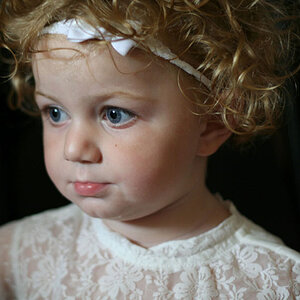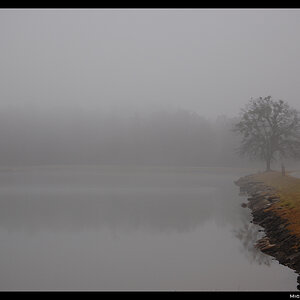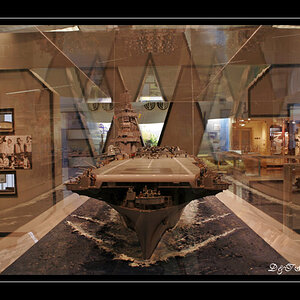Hello. I have a simple question. I looked a bit into the principle of the camera and it is not clear to me what good a SLR camera is when it actually contains an extra mechanical part of the mirror. Is a mirrorless or mirrorless camera better? I get the impression that the mirror in the camera has a psychological or spiritual meaning rather than a practical one. What is the truth?
Tomas - Liberec - Czech
[using google translator]
Tomas - Liberec - Czech
[using google translator]




![[No title]](/data/xfmg/thumbnail/39/39438-1eb8b5f82b59d9d0c72ae9025778ed4c.jpg?1619739032)

![[No title]](/data/xfmg/thumbnail/39/39439-d0a6beaaf39993860b74ccbd81fdd122.jpg?1619739032)
![[No title]](/data/xfmg/thumbnail/38/38746-205d04e58b9f6c2f0e464742d3372d19.jpg?1619738704)


![[No title]](/data/xfmg/thumbnail/35/35670-0571a45fff5cc94fc333fb959ce54517.jpg?1619737091)